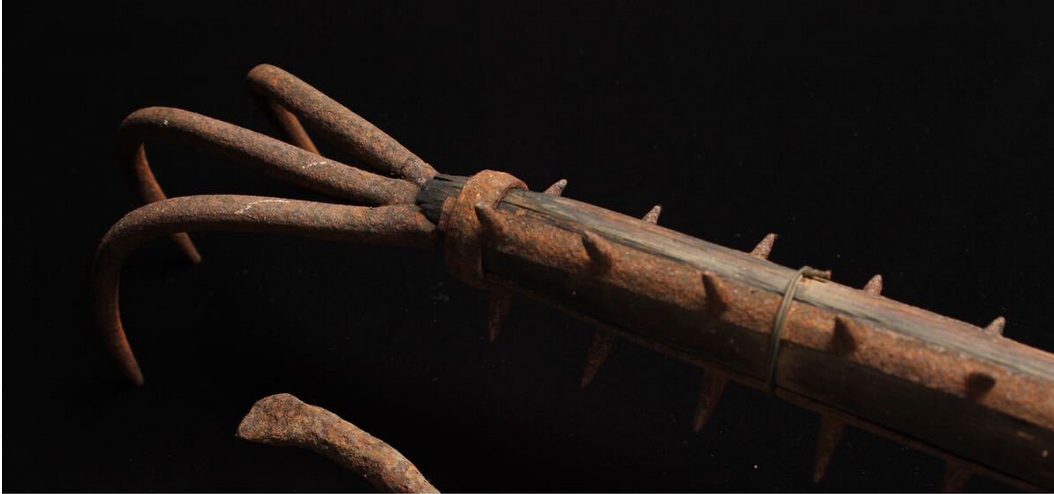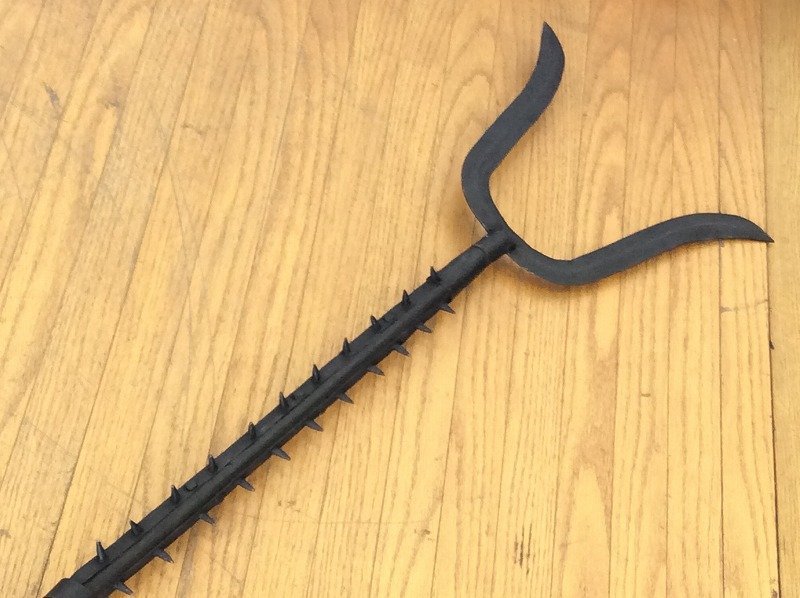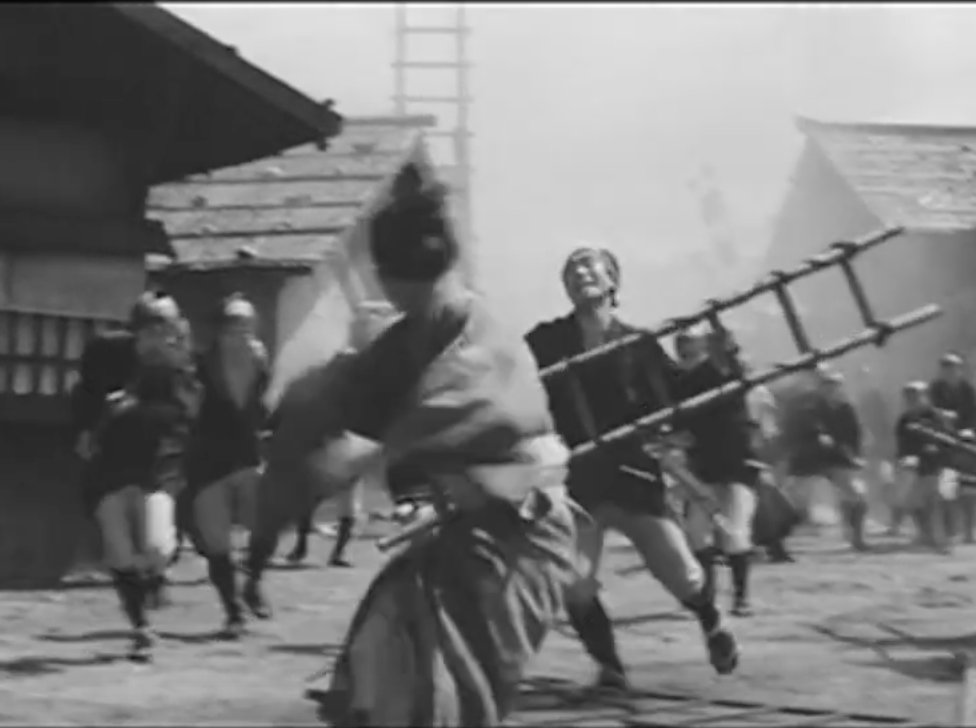So an old year leaves and a new one comes around. And in Japan that means the start of a new animal year according to the Chinese zodiac (yes, from January 1st, which might not be quite in line with the Chinese world, but is a tradition that has been going for the last 150 years or so). This year, 2025, is the Year of the Snake.
In Japan, like many other cultures, snakes tend not to be popular animals, but they command a sense of respect as well as fear – they can be divine messengers, as well as representing the dangerous and uncontrollable forces of nature. Their physical nature - the ability to shed their skin, their poisonous bite point towards other symbolic aspects such as renewal on the positive side, and malice on the not so positive.
Alas for this blog, there seems to be little overt connection to traditional martial arts in Japan –not the case in China, for example, where snakes and snake style movement feature in a number of styles. There is certainly a tradition of respect - snakes were revered at certain shrines, avoided when traveling in the mountains (although there seems generally to have been a prohibition against killing them) and even today you may still hear the old wisdom that one is not supposed to whistle at night for fear of attracting them. Snakes were not, however, common motifs for samurai or thematically embodied in their traditions.
As one of the animals of the Chinese zodiac, snakes do crop up in art, although they are not as common as many other animals. The white snakes used for many New Year decorations are auspicious - sometime divine messengers, they are often associated with the goddess Benzaiten. Nowadays, they are often depicted curled up, and here incorporating the mochi rice cakes that are often used as New Year decorations, looking cute but not particularly snakey. In the past, artists felt more comfortable with a more naturalistic representation, as you can see from the painting at the top of the page by Hokusai.
On the other hand, there is quite a selection of giant snakes (known as uwabami) to be found in ukiyo-e prints, as sinuous as you could hope for, usually locked in battle with a variety of brave heroes. Here is one such uwabami pre-encounter, once again by Hokusai.
One of these, Heita Tanenaga, a real life 13th century samurai, seems to have made something of a career taking on these monster snakes, with tales telling of at least five different encounters. Utagawa Kuniyoshi’s dynamic style was well-suited to depicting such encounters, and strongly influenced other artists in their approach.
but Hokusai who could turn his brush towards almost anything, was clearly not to be outdone.
I have seen such tussles explained as (a subconscious depiction of) the struggle of the upper and lower selves, the earthly and divine sides of our natures, and it’s easy to see where the snake fits in here. It seems nicely ‘symbolic’, but I wouldn’t necessarily dismiss it completely as there is something deeply attractive about such themes, something that you might be expected to grow out of (like superhero movies) but which many people do not.
Speaking of esoterica, snakes were also popularly associated with magic and the dark side of spirituality in novels and theatre in the Edo Period, and you can see these in prints as well. Here is Kidomaru engaged in his esoteric arts.
Interestingly, some schools of bujutsu also incorporated aspects of these arts (and still do to some extent). Of these, perhaps the best known is Tenshin Shinden Katori Shinto Ryu; there are others. Some regard esoteric training as psychology, whereas others see the training as having a somewhat different flavour, enabling access to something beyond the merely human. The Japanese tend not to like categorically falling in one camp or another on many issues, but I have found that the world of spirits is one that is not dismissed lightly here. You may feel a little reassured to reflect that the swordsmen in the stories were not outmatched by sorcery – the strength of spirit from their training was a match for their opponents.
 |
| An unusual painting - I'm not sure just where it's from - it looks like a picture scroll involving the zodiac animals up to more of their zany antics. |
I’ll leave you with another rather unusual painting, once again by Hokusai, of a snake and dragon, painted as a lantern. If I recall correctly, it was painted for a business, in Fukugawa in Edo. This area was also known as Tatsumi, which meant south-east, as the area lay in the south east of the city. It is also a play on the place name, as ‘tatsu’ means dragon, and ‘mi’ is an alternative pronunciation for the word snake.
Happy New Year 2025!




































